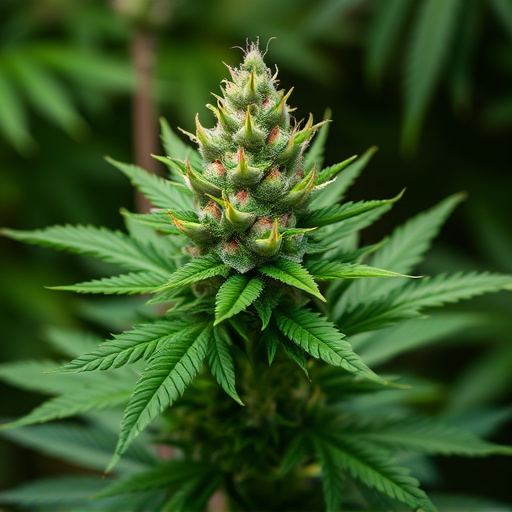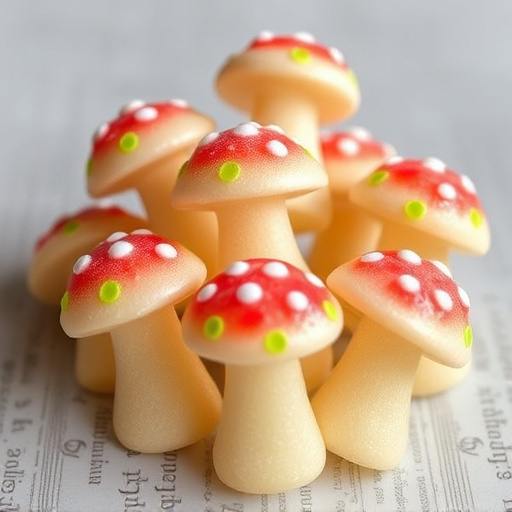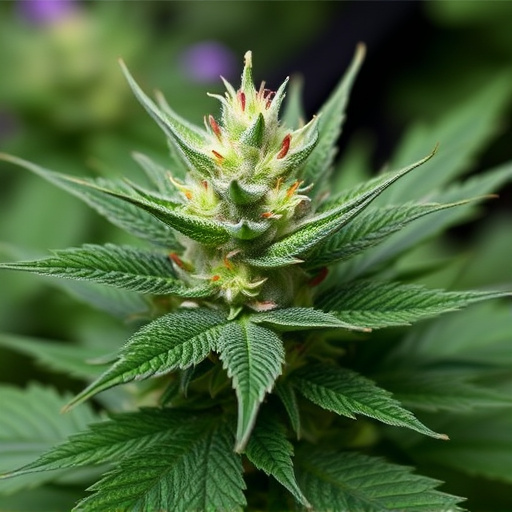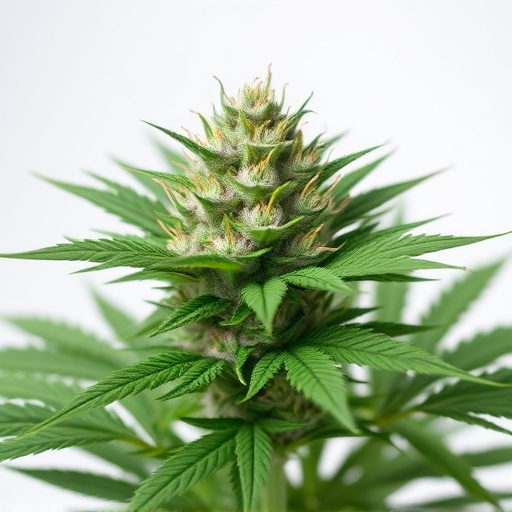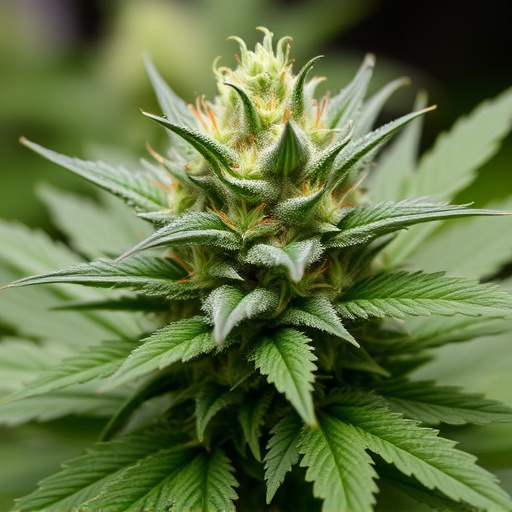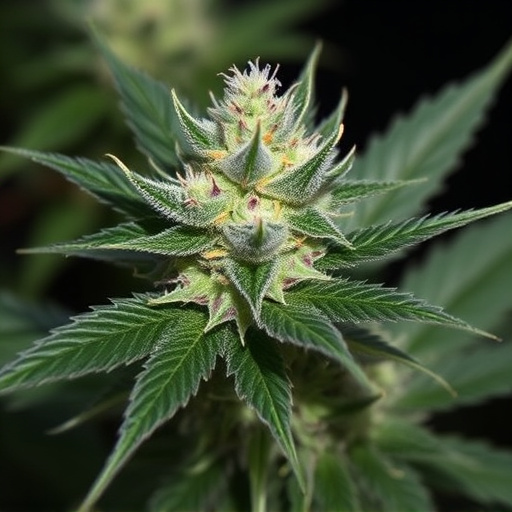Terpenes are aromatic compounds in cannabis that significantly influence the scent, flavor, and potential therapeutic effects of the top 20 cannabis strains. With diverse profiles, they offer a range of experiences – from relaxing myrcene notes to uplifting limonene aromas. Understanding terpenes empowers users to choose strains aligned with their desired outcomes, be it anxiety relief or creative focus, enhancing their overall cannabis experience.
In the ever-evolving world of cannabis, terpenes are taking center stage as key players in shaping the user experience. These aromatic compounds, present in cannabis flowers, contribute more than just scent; they influence flavor, potential therapeutic effects, and the overall interaction with the body. Understanding terpenes is essential for cannabis enthusiasts seeking to maximize their experience. From the lush aroma of pine to fruity notes that transport you, this article delves into the heart of terpenes, highlighting their significance in the diverse landscape of top 20 cannabis strains.
- The Role of Terpenes in Cannabis Flower: A Comprehensive Overview
- – Defining terpenes and their functions in cannabis plants
- – How terpenes contribute to the unique aroma and flavor profiles of different strains
The Role of Terpenes in Cannabis Flower: A Comprehensive Overview

Terpenes play a pivotal role in shaping the unique attributes of cannabis flowers, from their aroma and flavor to their potential therapeutic effects. These aromatic compounds are produced by various plants, including cannabis, and contribute significantly to the overall experience of consuming cannabis. In the context of the top 20 cannabis strains, terpenes are what differentiate each strain, offering a diverse range of scents and effects.
Each terpene possesses distinct chemical properties that can interact with the body’s endocannabinoid system, leading to various physiological responses. For instance, myrcene, known for its earthy and fruity notes, is often associated with inducing relaxation and sleepiness. Meanwhile, limonene, with its citrusy aroma, has uplifting and energizing effects. Understanding these terpenes and their complex interplay allows cannabis enthusiasts and medicinal users to make informed choices, tailoring their experience based on desired outcomes, whether it’s relief from anxiety or a boost in creativity.
– Defining terpenes and their functions in cannabis plants
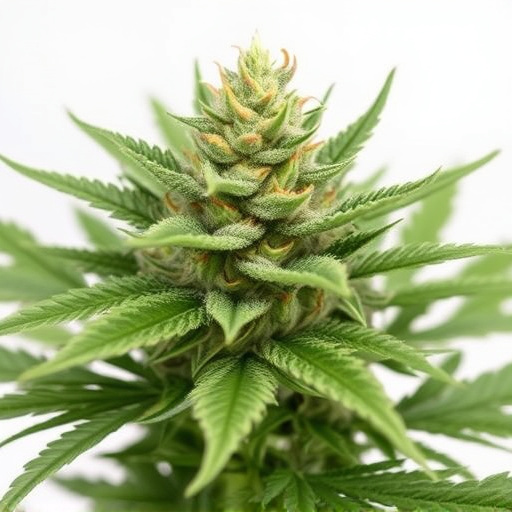
Terpenes, a diverse class of aromatic compounds, play a pivotal role in the complex world of cannabis plants. These organic molecules are responsible for the unique scents and flavors we associate with different strains. Beyond their contribution to the sensory experience, terpenes also serve crucial functions within the cannabis plant. They act as natural pesticides, repelling insects and protecting the plant from potential threats. Additionally, terpenes possess antioxidant properties, contributing to the overall health and longevity of the plant.
In the context of the top 20 cannabis strains, terpenes contribute significantly to their distinct characteristics. Each strain exhibits a unique terpene profile, which influences its aroma, taste, and even its potential therapeutic effects. For instance, myrcene is often associated with earthy and musky notes, while limonene provides a bright and citrusy aroma. Understanding these terpene-driven differences allows cultivators to cater to specific preferences and desired effects, making the cannabis experience more personalized and enjoyable for folks exploring this diverse plant’s offerings.
– How terpenes contribute to the unique aroma and flavor profiles of different strains

Terpenes play a pivotal role in shaping the distinctive aroma and flavor that sets apart various cannabis strains. These aromatic compounds, naturally occurring in the plant, contribute to the unique sensory experience each strain offers. The top 20 cannabis strains are renowned not only for their potent effects but also for their diverse terpene profiles, which significantly influence how users perceive and enjoy them.
For instance, myrcene is commonly associated with earthy and musky scents, often found in Indica-dominant strains, providing a calming and relaxing effect. In contrast, linalool, known for its floral and lavender notes, is prevalent in Sativa-leaning varieties, offering a more energizing and uplifting experience. This intricate interplay of terpenes creates the diverse sensory landscape that cannabis enthusiasts appreciate, making each strain a unique adventure for the senses among the top 20 cannabis strains.
Terpenes play a pivotal role in defining the diverse aromas and flavors within the cannabis flower, contributing to its overall experience. Understanding these organic compounds is essential for cultivators and consumers alike, as they not only enhance the sensory appeal but also offer potential therapeutic benefits. By exploring the top 20 cannabis strains known for their distinct terpene profiles, we can gain insights into how these chemical interactions create a unique and personalized cannabis journey.
